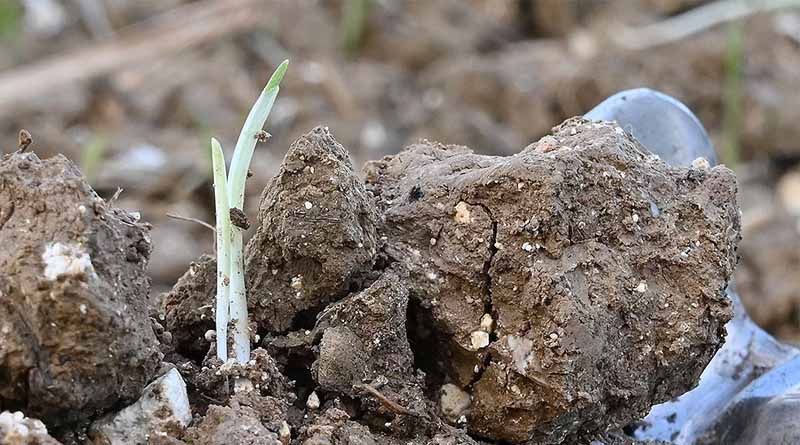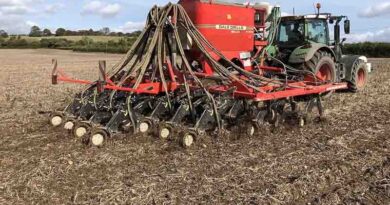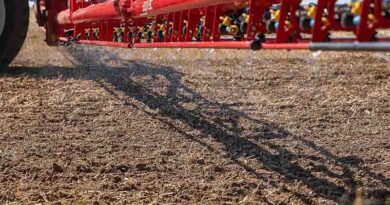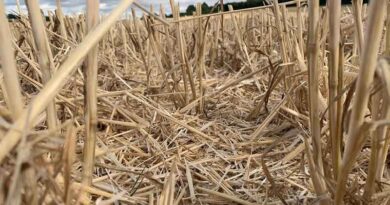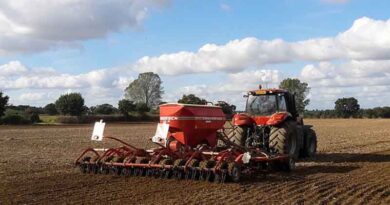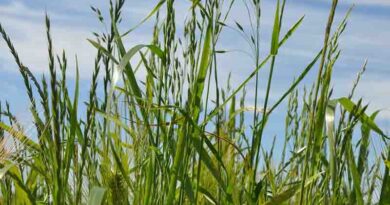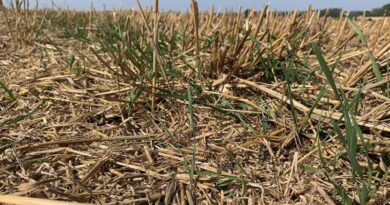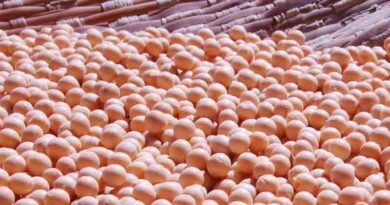DEFY flexibility fits adapting autumn strategies
03 October 2023, US: Cereal farmers are facing an extreme challenge from grass weeds this autumn, following the high burden of weed seeds in crops at harvest. That legacy, combined with the risk of delayed germination from weed seed dormancy this year, could read to prolonged ryegrass and black grass emergence over the autumn and early winter.
That means prosulfocarb will be of even greater importance for grass weed control. Farmers and agronomists need to find the best place for DEFY® in the herbicide programme to utilise its strengths this autumn, advocates Syngenta Technical Manager, Georgina Young.
In many instances that is going to be in the pre-emergence application stack, but if dry seedbed conditions could compromise efficacy of residual herbicides, there is the valuable option to wait and use it in a follow-up application, she advises.
“Where conditions are good for pre-emergence performance, with ample seedbed moisture, application of a loaded stack with DEFY®, at an appropriate rate for the weed population and conditions, can give very effective weed control,” highlighted Georgina.
“But if conditions are compromised in any way, including dry or cloddy seedbeds and high surface trash, then DEFY® has the big advantage of flexible timing right through to first tillering (BBCH21) of the crop.”
That could be particularly valuable this season, she suggests. Many farmers drilled earlier last year to get the crop in the ground, but a consequence of the shortened stale seedbeds was high weed populations in the growing crop. This year the delayed harvest for many has also squeezed stale seedbed opportunities.
Seasonal adaptation
“Having the flexibility to adapt herbicide strategies to the seasonal conditions, or even from field to field where growers may delay planting on areas worst affected by grassweeds, is going to prove essential,” she said. “DEFY® gives the chance to adapt and best utilise its strengths where it is most appropriate.”
Using DEFY® in the peri-em (above) or post-em follow up slot is also more likely to coincide with higher soil moisture in the later season, to maximise results and extend the residual activity of the programme against later emerging grass weeds.
Syngenta grass weed research with NIAB over recent years has consistently identified the far greater competitive effect on the crop from autumn and early winter germinated weeds, if left uncontrolled.
Maximising the residual efficacy of the autumn herbicide programme is crucial, especially since weeds can often continue to establish and grow in milder winter conditions experienced with climatic change.
Application on target
Georgina pointed out that the application technique for pre-emergence should focus on achieving consistent coverage of the soil surface to achieve the best residual activity, while peri-emergence applications also need to target small emerged weeds, as well as the soil surface.
For pre-emergence application she advocated operators should opt for the Syngenta 3D-nintey nozzle, offering 90% drift reduction with a droplet pattern and integrated spray angle optimised for soil surface coverage. For peri-emergence applications in ideal spraying conditions the nozzle of choice would be the Syngenta 3D, operated at 100 l/ha, but if conditions are sub-optimal the 3D ninety offers the next best option and will minimise implications of drift.
“To further reduce the risk of drift and enhance herbicide performance it’s essential to follow the advice to Go low; Go slow and Get covered,” she advised.
“That means maintaining the nozzle tip height at 50 cm above the target; operating at 12 km/hr or less to avoid turbulence and maintain boom stability, as well as using a water volume of 200 l/ha – which Syngenta application research has proven to be the best option for soil surface coverage.”
Minimise drift
Drift minimisation is a priority, since any product failing to hit the target is wasted, and even wind gusts that shift the spray pattern could result in underdosed patches where weeds could escape control.
“Together, the combination of DEFY® flexibility for pre- or peri- and post-emergence application, along with more effective precision application techniques, offer the real chance to get grass weeds back in control after a difficult year,” she added.
(For Latest Agriculture News & Updates, follow Krishak Jagat on Google News)

